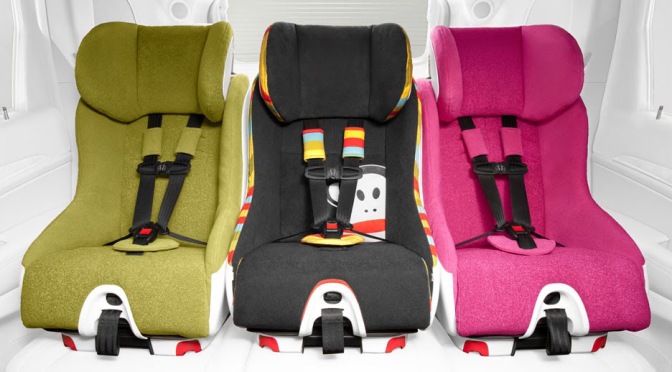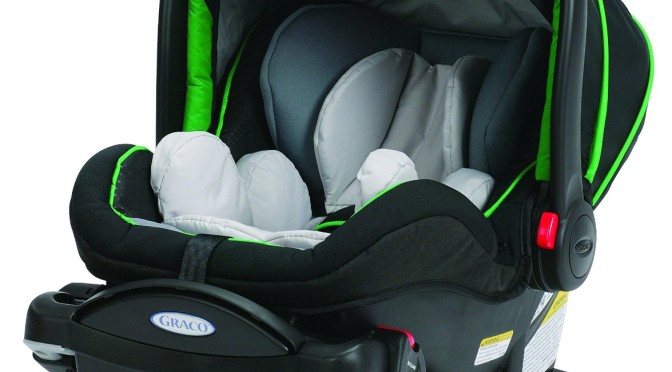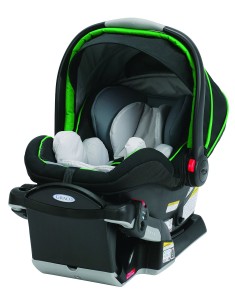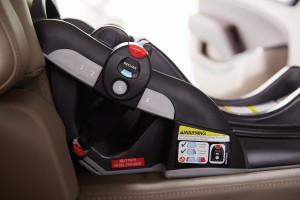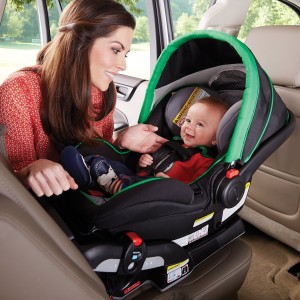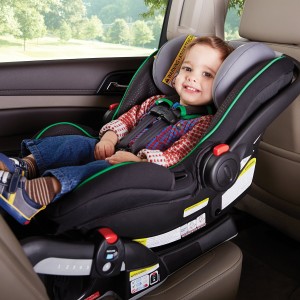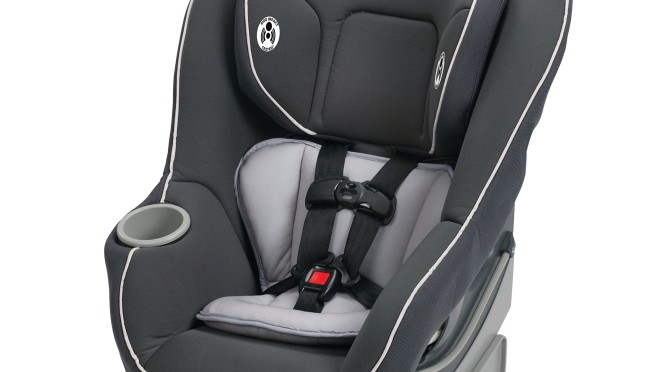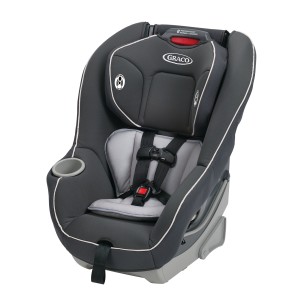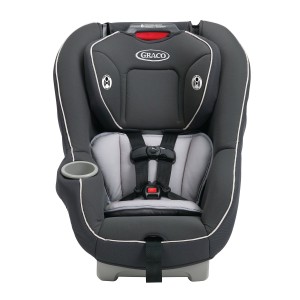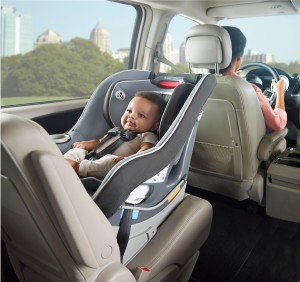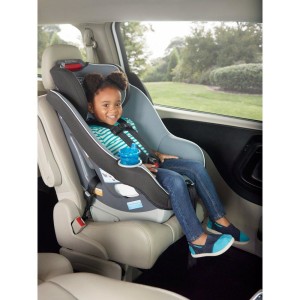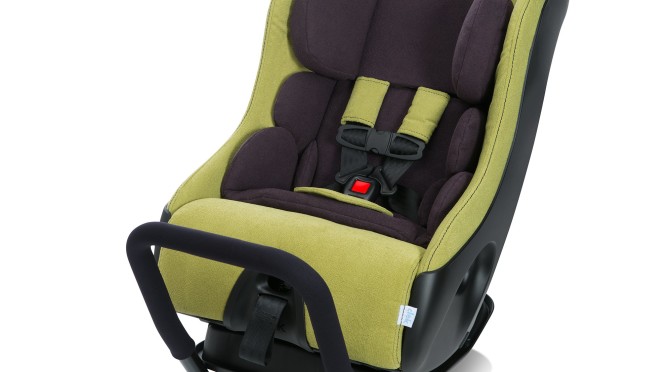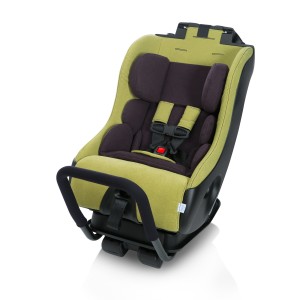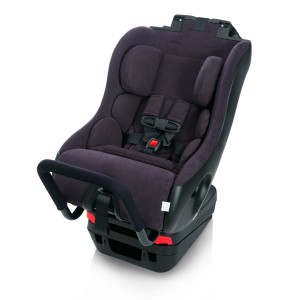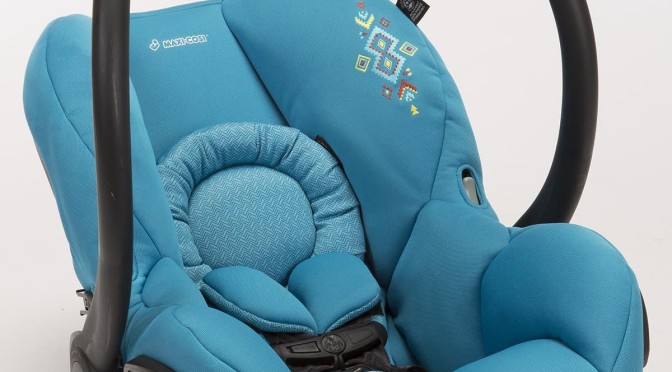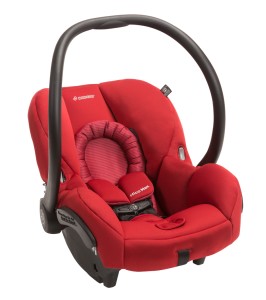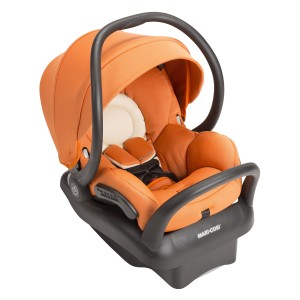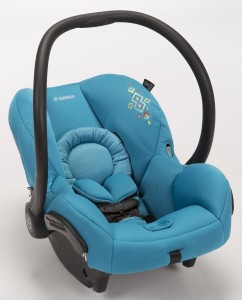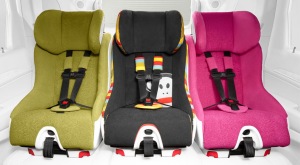
If you’ve got three or more kids, you know how difficult it can be to get them all buckled into your vehicle safely. It’s why I created the 3 across car seat guide, which has more than 60 different cars, minivans, SUVs, and pickup trucks listed so far. My goal was to help parents figure out which 3 sets of car seats were most likely to fit into their particular vehicles, taking into account how models often changed dramatically from one generation to the next, and how some seats simply puzzled, or fit, with particular seats in better or worse ways.
Which car seats are the easiest to install in my car / truck / SUV / minivan?
I’ve received hundreds of emails from parents over the years thanking me for the guides for their particular vehicles or requesting more specific advice. However, one of the most frequent questions I received involved a request for car seats that would work in pretty much all vehicles without lots of struggling, stubbed fingers, or the weight of ten Sumo wrestlers to hold them in place while tightening seat belts or LATCH straps. This is that guide.
Here are the 6 safest car seats that will fit 3 across in just about any vehicle. They’re not going to help you do the impossible, such as 3 across in a Smart Car or in a car that doesn’t have a back seat at all. But they’re going to work in pretty much any other normal, street-legal vehicle made in the last 20 years. Buy 3 of them and forget about car seats for a while; if you’ve got 3 kids, you’ve got more than enough to keep you busy.
Remember, of course, to use your seat belts for installations instead of LATCH if you have any trouble fitting your seats together, as you can often gain several inches with 3 seat belt installations over 2 LATCH + 1 seat belt or 3 LATCH installations. And if you’re in a smaller vehicle, every inch is precious.
The 6 narrowest (yet safe!) car seats that will help you get 3 across in nearly any vehicle, guaranteed.
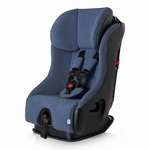 Clek Fllo – 17 inches. Review here, buy here.
Clek Fllo – 17 inches. Review here, buy here.
The Fllo is easily my favorite car seat on the market right now when it comes to a seat that you can buy 3 of and rest easy knowing that it’s going to fit in your car. It doesn’t matter if you drive a Fiesta, a Fusion, or a Yukon; you’re going to be able to get 3 Fllos to fit in it, and fit well.
And when you combine the Fllo with the Infant-Thingy infant insert, you’ve got a seat that you can use from the day your baby leaves the hospital until he or she weighs 50 pounds. And after that point, you turn it around so it’s forward-facing and you’ll get another year or two out of it until your child reaches 65 pounds. It’s not the cheapest seat on this list, but when it comes to a set-it-and-forget-it seat that lets you rear-face longer than any other seat on the market (besides a handful of seats including its sibling the Foonf), the Fllo is the best convertible seat you can buy.
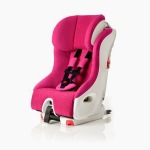 Clek Foonf – 17 inches. Review here, Buy here.
Clek Foonf – 17 inches. Review here, Buy here.
The Foonf is like the Fllo except it has a few internal and external differences. It also costs more, weighs more, and sits up higher, making it more difficult to see behind. However, if you have the specific needs that draw you to the Foonf over the Fllo, or if you can find one at a discount, you’re still going to get one of the absolute best seats on the market for 3 across.
At 17 inches, it’s every bit as narrow as the Fllo and every bit as easy to use to get a 3 across installation in. And just as with the Fllo, you can pair it with the Infant-Thingy infant insert to get a seat that’ll be usable rear-facing from 4 to 50 pounds and then usable forward-facing until 65 pounds. You can compare the Fllo and the Foonf to decide which is the best choice for you, but if you can’t think of a reason to go with the Foonf, save some money and go with the Fllo.
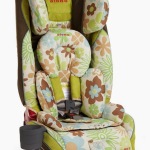 Diono Radian RXT – 17 inches. Review here, buy here.
Diono Radian RXT – 17 inches. Review here, buy here.
The Radian RXT is an excellent car seat overall, but it’s a particularly great one when it comes to 3 across installations, simply because it’s narrow, it’s been out for so long that people have had a chance to test its durability (and yes, it’s a very sturdy seat), and because it’s the first seat on this list that can be used for a great amount of time while forward-facing in addition to rear-facing.
The rear-facing weight range is 5 to 45 pounds, meaning you can use it from the day your baby leaves the hospital until s/he’s probably around 4 or 5. The rear-facing height limit is 44,” which give you a good amount of time. You can then turn it around and forward-face until your child weighs 80 pounds or is 57″ tall, which is considerably more in height and weight than what you’ll get from the Fllo or Foonf.
It even has a booster mode that extends up to 120 pounds, although you may not get to fully use it if your child exceeds the height limit of the seat belt guide, which is unfortunately fixed. Overall, the Radian RXT remains one of my favorite convertible seats and is definitely a seat you can trust to get you a 3 across installation without fuss or muss.
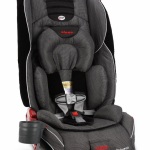 Diono Radian R120 – 17 inches. Review here, buy here.
Diono Radian R120 – 17 inches. Review here, buy here.
The Radian R120 is basically a cheaper version of the Radian RXT; the only real difference between the two seats, besides the price and the fabric options, is that while the Radian RXT comes with head wings, the Radian R120 does not. The head wings are meant to offer head protection from side impacts, so it’s up to you whether you think the price difference is worth it or not. Personally, I do think it’s worth the difference, but I still think the Radian R120 is a strong seat and it’s still one of the best out there for 3 across installations. As with the Radian RXT, you can use it to rear-face from 5 to 45 pounds, to forward face until your child reaches 80 pounds, and to booster until your child reaches 120 pounds.
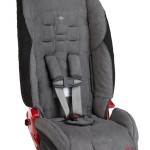 Diono Radian R100 – 17 inches. Review here, buy here.
Diono Radian R100 – 17 inches. Review here, buy here.
The Radian R100 is basically a cheaper and slightly stripped-down version of the Radian R120, which itself is basically a slightly stripped-down version of the Radian RXT. It remains an excellent seat for 3 across installations despite its changes, but it’s worth noting that its changes are more significant than those of the R120.
Your rear-facing limits are now 5 to 40 pounds while your forward-facing weight limit drops down to 65 pounds. Your booster range also drops down to 100 pounds. In other words, you’re not going to get as much time in each stage with this seat, which is why I’d recommend the other two Dionos before it. However, it’s still quite competitive among seats out there in terms of the time limits it does offer, and it’s still well worth consideration, especially if you’re on a smaller budget.
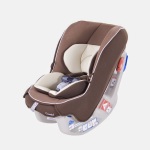 Combi Coccoro – 17 inches. Review here, buy here.
Combi Coccoro – 17 inches. Review here, buy here.
Last but not least, the Combi Coccoro deserves a special mention as by far the lightest of the seats I’ve mentioned so far, which makes it the seat you’re most likely to appreciate about if you’re constantly needing to change vehicles with your seat, but still need as narrow of a seat as you can get for 3 across installations.
That flexibility does come with a cost; it has the lowest rear-facing weight limit of any of the seats here at 33 pounds, but it also has the lowest starting rear-facing weight range at 3 pounds, meaning it can be used with very, very small babies (preemies) safely. The forward-facing weight limit is 40 pounds with a 40″ height limit, which does mean children will outgrow this seat sooner than they would any of the other seats on this list. That said, if you’ve got particular needs, such as extreme portability, very small babies, or if you simply want a seat as small as an infant seat that still offers some of the advantages of a convertible seat, this might just be the one you’re looking for.
All the seats you recommended are convertible seats! Am I allowed to use one of these when leaving the hospital?
Yes! I wrote an article about this the other day to address a number of new parent concerns about leaving the hospital (or clinic or birthing center) without a typical, rear-facing only infant “bucket” car seat. The truth is that you can do it as long as the convertible seat properly fits your child and is safely installed in your vehicle.
 If you find my information on best practices in car and car seat safety helpful, you can buy my books here or do your shopping through this Amazon link. Canadians can shop here for Canadian purchases. Have a question or want to discuss best practices? Send me an email at carcrashdetective [at] gmail [dot] com.
If you find my information on best practices in car and car seat safety helpful, you can buy my books here or do your shopping through this Amazon link. Canadians can shop here for Canadian purchases. Have a question or want to discuss best practices? Send me an email at carcrashdetective [at] gmail [dot] com.

